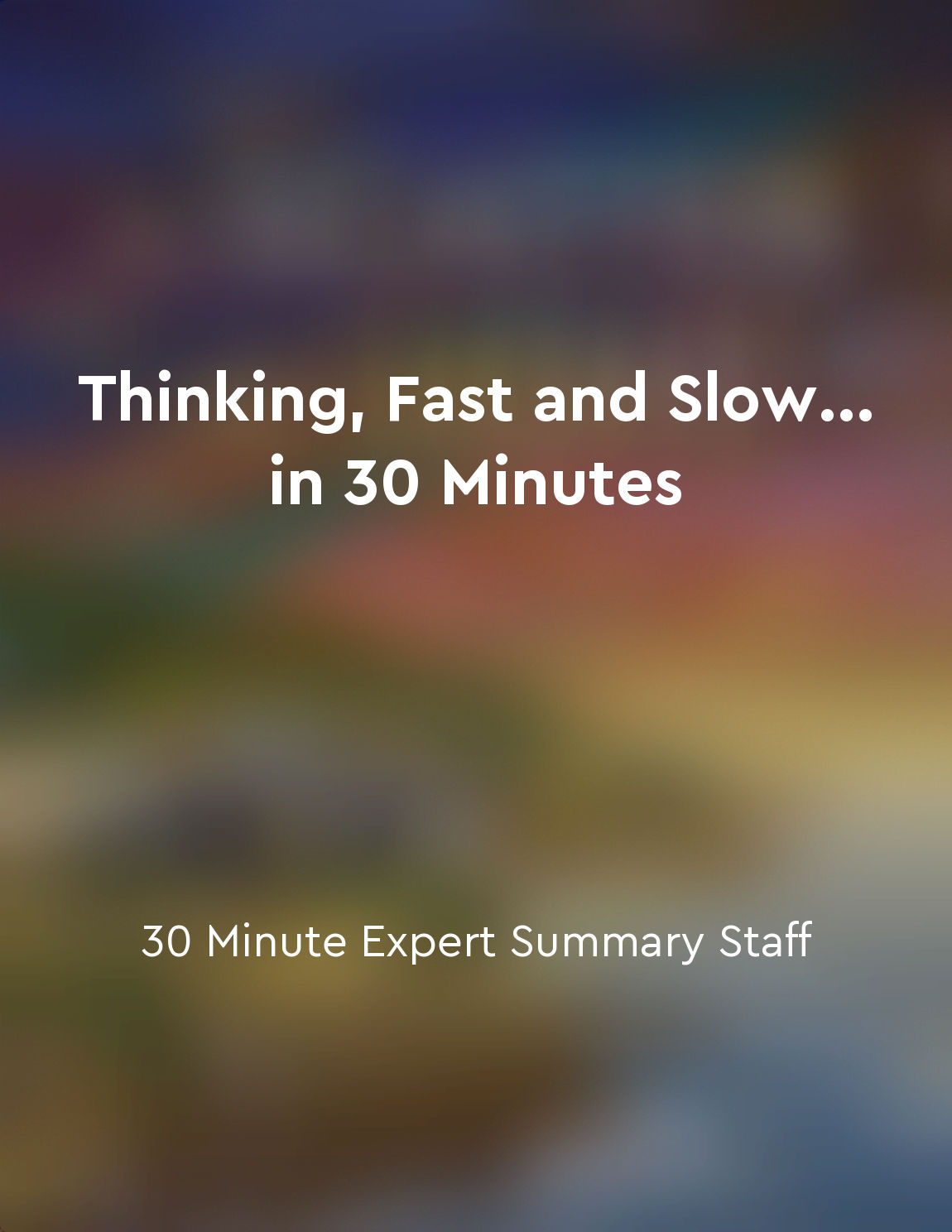Systems thinking provides a framework for understanding complex systems from "summary" of Thinking in Systems by Donella H. Meadows
Systems thinking allows us to see the world as a series of interconnected systems, rather than isolated parts. It provides a lens through which we can understand the complexities and dynamics of these systems, whether they be ecological, social, economic, or political. By viewing systems holistically, we can better grasp the interrelationships between various components and how they influence each other over time. A key aspect of systems thinking is emphasizing the relationships and feedback loops within a system. Feedback loops can either reinforce or counteract each other, leading to either stability or change within the system. Understanding these feedback loops helps us anticipate the potential impacts of interventions and policies, as well as unintended consequences that may arise. Systems thinking also highlights the importance of boundaries and perspectives when analyzing a system. Boundaries define what is within the system and what is outside of it, helping us focus on the relevant variables and relationships. Different perspectives can reveal different aspects of a system, allowing us to gain a more comprehensive understanding of its dynamics and behavior. Moreover, systems thinking encourages us to consider the long-term consequences of our actions and decisions. It recognizes that systems have delays and inertia, which can lead to delayed effects that may not be immediately apparent. By taking a holistic and long-term view, we can make more informed choices that account for the complexities and uncertainties inherent in complex systems.- Systems thinking provides a framework for navigating the intricacies of complex systems by emphasizing relationships, feedback loops, boundaries, perspectives, and long-term thinking. It challenges us to move beyond linear thinking and reductionist approaches, towards a more holistic and integrated understanding of the world around us. By adopting a systems perspective, we can better address the systemic challenges we face and work towards more sustainable and resilient solutions.
Similar Posts

Innovation stems from gradual accumulation of small changes
The process of innovation is not a sudden spark of genius, but rather a gradual accumulation of small changes over time. This c...
Make desired habits obvious and undesirable habits invisible
To make a desired habit obvious, you need to bring it to the forefront of your mind. This means creating visual cues that remin...

Your business should be designed to run as if you were going to franchise it
The idea behind running your business as if you were going to franchise it is to create a system that can be easily replicated ...

Habits shape your identity and beliefs
Your habits are not just actions you take. They are also signals of the type of person you believe you are. Every time you enga...
Reflect on our experiences to gain insight
Reflecting on our experiences is a fundamental aspect of gaining deeper insight into the world around us. Through reflection, w...

Availability bias skews perceptions
Availability bias skews perceptions refers to the tendency for people to rely on information that is readily available to them ...
Cultivating a positive emotional climate enhances team creativity and engagement
Cultivating a positive emotional climate within a team is crucial for fostering creativity and engagement. When team members fe...

Master the art of habit formation
To master the art of habit formation, you need to understand how habits work. Habits are the compound interest of self-improvem...

